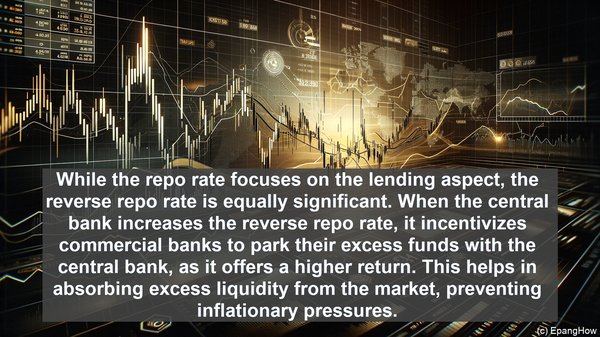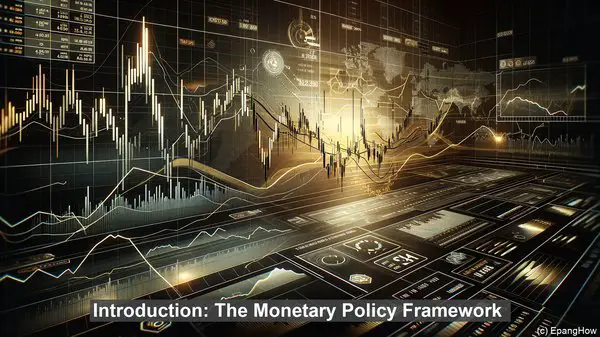Introduction: The Monetary Policy Framework
Hello everyone, and welcome to our article on the repo rate and reverse repo rate. Before we dive into the details, let’s establish a foundation by understanding the broader context of monetary policy.
Defining Repo Rate and Reverse Repo Rate
Repo rate, short for ‘repurchase rate,’ is the rate at which the central bank lends money to commercial banks for short durations. On the other hand, reverse repo rate is the rate at which the central bank borrows money from commercial banks. Both rates are tools used by the central bank to regulate liquidity in the economy.
The Borrowing-Lending Dynamic
When the central bank reduces the repo rate, it becomes cheaper for commercial banks to borrow funds. This, in turn, encourages lending to individuals and businesses, stimulating economic activity. Conversely, when the central bank increases the repo rate, borrowing becomes more expensive, which can help curb inflationary pressures.

The Role of Reverse Repo Rate
While the repo rate focuses on the lending aspect, the reverse repo rate is equally significant. When the central bank increases the reverse repo rate, it incentivizes commercial banks to park their excess funds with the central bank, as it offers a higher return. This helps in absorbing excess liquidity from the market, preventing inflationary pressures.

The Interplay of Repo and Reverse Repo Rates
The repo rate and reverse repo rate are not set in isolation. They are part of a broader monetary policy framework, which takes into account various factors such as inflation, economic growth, and financial stability. The central bank adjusts these rates based on its assessment of the prevailing economic conditions and the desired policy objectives.
